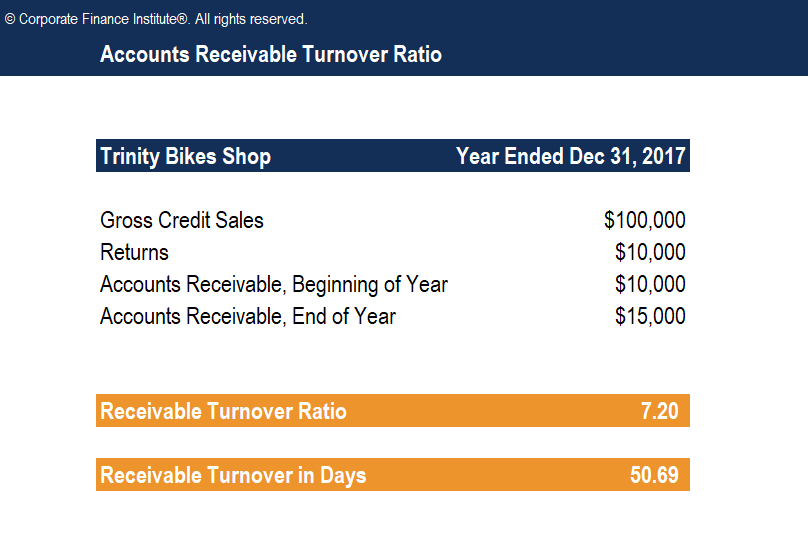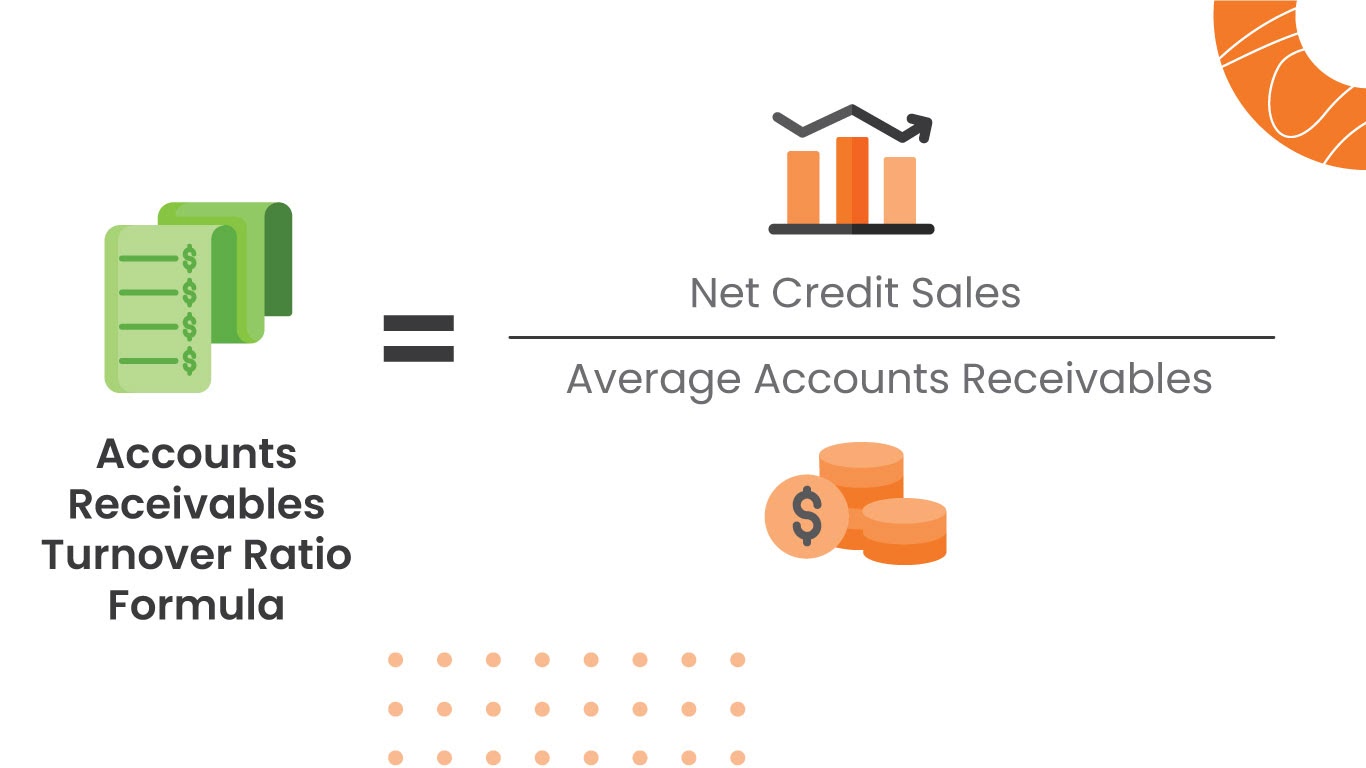Creditors Turnover Ratio or Payables Turnover Ratio Definition, Interpretation, Example

Finance Strategists has an advertising relationship with some of the companies included on this website. We may earn a commission when you click on a link or make a purchase through the links on our site. All of our content is based on objective analysis, and the opinions are our own. Accounts closing is the amount of outstanding receivables at the end of the day. Accounts opening is the amount of outstanding receivables at the start of the day.
Fiscal Year Explained: How To Choose One For Your Business
The working capital turnover ratio is calculated by dividing the cost of sales by the net working capital. As we previously noted, average accounts receivable is equal to the first plus the last month (or quarter) of the time period you’re focused on, divided by 2. Another reason you may have a high receivables turnover is that you have strict or conservative credit policies, meaning you’re careful about who you offer credit to.
What does a high average accounts receivable turnover ratio mean?
Therefore, it takes this business’s customers an average of 11.5 days to pay their bills. For information pertaining to the registration status of 11 Financial, please contact the state securities regulators for those states in which 11 Financial maintains a registration filing. One of the most important of the activity ratios is the stock turnover ratio. This ratio focuses on the relationship between the cost of goods sold and average stock. The P-A-S method is more accurate than the traditional AR turnover calculation because it takes into account the timing of sales and collections.
- For Company A, customers on average take 31 days to pay their receivables.
- The Receivables turnover ratio indicates the effectiveness of a company in collecting its debts.
- If you have some efficient clients who are always on time with their payments, reward them by offering some discounts which will help attract more business without affecting your receivable turnover ratio.
- Another example is to compare a single company’s accounts receivable turnover ratio over time.
What Affects the Accounts Receivable Turnover Ratio?
The ratio shows how many times during the period, sales were collected by a business. The receivable turnover ratio, otherwise known as the debtor’s turnover ratio, is a measure of how quickly a company collects its outstanding accounts receivables. As a reminder, this ratio helps you look at the effectiveness of your credit, as your net credit sales value does not include cash, since cash doesn’t create receivables. The accounts receivable turnover ratio is comprised of net credit sales and accounts receivable. A company can improve its ratio calculation by being more conscious of who it offers credit sales to in addition to deploying internal resources towards the collection of outstanding debts.

When making comparisons, it’s ideal to look at businesses that have similar business models. Once again, the results can be skewed if there are glaring differences between the companies being compared. That’s because companies of different sizes often have very different capital structures, which can greatly influence turnover calculations, and the same is often true of companies in different industries.
Using your receivables turnover ratio, you can determine the average number of days it takes for your clients or customers to pay their invoices. To calculate AR turnover, divide net credit sales by average accounts receivable. Net credit sales are the total sales made on credit during a period minus any discounts or returns. Average accounts receivable is the average balance of accounts receivable over a period.
Take self-paced courses to master the fundamentals of finance and connect with like-minded individuals. A financial professional will offer guidance based on the information provided and offer a no-obligation call to better understand your situation. The articles and research support materials available on this site are educational and are not intended to be investment or tax advice. All such information is provided solely for convenience purposes only and all users thereof should be guided accordingly. 11 Financial is a registered investment adviser located in Lufkin, Texas.
Beginning and ending accounts receivable for the same year were $3,000 and $1,000, respectively. Of course, it’s still wise to make sure you’re not too conservative with your credit policies, as too restrictive policies lead to loss of clients and slow business growth. Cleaning companies, on the other hand, typically require customer lien sales, division of motor vehicles, department of administration, state of alaska payment within two weeks. If you own one of these businesses, your idea of “high” or “low” ratios will be vastly different from that of the construction business owner. By monitoring this ratio from one accounting period to the next, you can predict how much working capital you’ll have on hand and protect your business from bad debt.
Learn more about Bench, our mission, and the dedicated team behind your financial success. The magic happens when our intuitive software and real, human support come together. Our intuitive software automates the busywork with powerful tools and features designed to help you simplify your financial management and make informed business decisions. Our mission is to empower readers with the most factual and reliable financial information possible to help them make informed decisions for their individual needs. Our goal is to deliver the most understandable and comprehensive explanations of financial topics using simple writing complemented by helpful graphics and animation videos.
In that case, you might reconsider your credit policies to possibly increase sales as well as improve customer satisfaction. Liberal credit policies may initially be attractive because they seem like they’ll help establish goodwill and attract new customers. Although that may be true, nothing negates positive feelings like having to hassle someone over unpaid bills.
A high receivables turnover ratio might also indicate that a company operates on a cash basis. The creditor turnover ratio is a financial metric that measures how efficiently a company manages and pays its accounts payable, or the money it owes to its suppliers and other creditors. It provides insight into a company’s working capital management and liquidity. The asset turnover ratio is a valuable financial metric that measures a company’s efficiency in using its assets to generate revenue. By understanding this ratio, you can gain insights into a company’s effectiveness in using its assets to drive sales.

